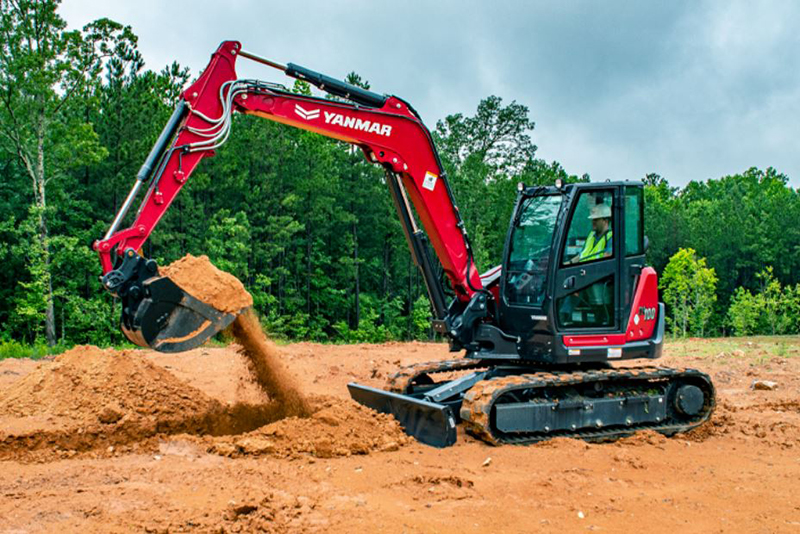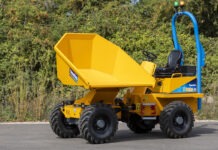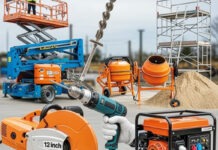When Yanmar CE launched the first mini excavator in 1968 it didn’t just transform the company – it reshaped the industry – with its impact still being felt today.
It’s safe to say that there was a lot going on in the 1960s – civil rights movements, countercultural movements and pop music to name just three. There was also a lot of construction going on, as many societies industrialized and urbanized.
Nowhere was this happening faster than in Japan, whose economy soared from the 1950s to the 1970s, helping make Japan the first developed nation in East Asia.
Yanmar was already renowned for its small diesel engines, but in 1968 it had the brainwave to put one into a scaled-down hydraulic excavator. (Large hydraulic excavators already existed.) The YNB300 was the result – a wheeled, self-propelled machine that went on to revolutionise the industry.
The 1960s proved to be the beginning of a technological revolution that was to transform the construction equipment industry. But it was the combination of the diesel engine and hydraulics that were the gamechangers. Out went big, heavy, clunky cable-and-pulley operated excavators, and in came small, efficient, powerful machines. Overnight, earthmoving and digging became a lot less labour intensive.
What made oil-filled hydraulic systems such a game changer was their ability to use a combination of cylinders and swing motors to deliver extremely complex movements – to a high level of precision.
And not just to lift and dig but also, thanks to track motors, for motion of the compact excavator itself, even over some very uneven ground. And differential steering meant that these machines could turn on a sixpence – extremely handy in the constrained spaces Yanmar’s mini excavators have learned to call home.
Yanmar rapidly developed the concept in the 1970s and 1980s, and introduced innovations such as a sliding boom that allowed it to excavate right up against walls, fitted cabins for comfort and safety, and noise suppressed engines that allowed them to allow them to work in confined spaces, residential areas, and at night.

Yanmar CE’s YB1200 set the basis for what we consider a modern mini excavator today. It had a water-cooled diesel engine, could rotate fully 360 degrees and was fitted with an earth moving blade.
Rubber tracks soon followed, as did sub-one-ton weights, while the 1990s saw the launch of the revolutionary ‘zero tail swing’ concept – which cut collisions and accidents when while rotating the superstructure considerably.
One other reason that Yanmar’s mini excavators were game changers were that ‘tool carriers’ – able to a wide range of diverse tasks, thanks to a wide range of attachments.
Mini excavators are more popular today than ever. The global shift from manual labour to mechanization continues – and rapid urbanization and ever tighter worksites – will ensure this popularity continues into the future. Yanmar CE continues to work closely with customers to meet their needs and ensure their success.








